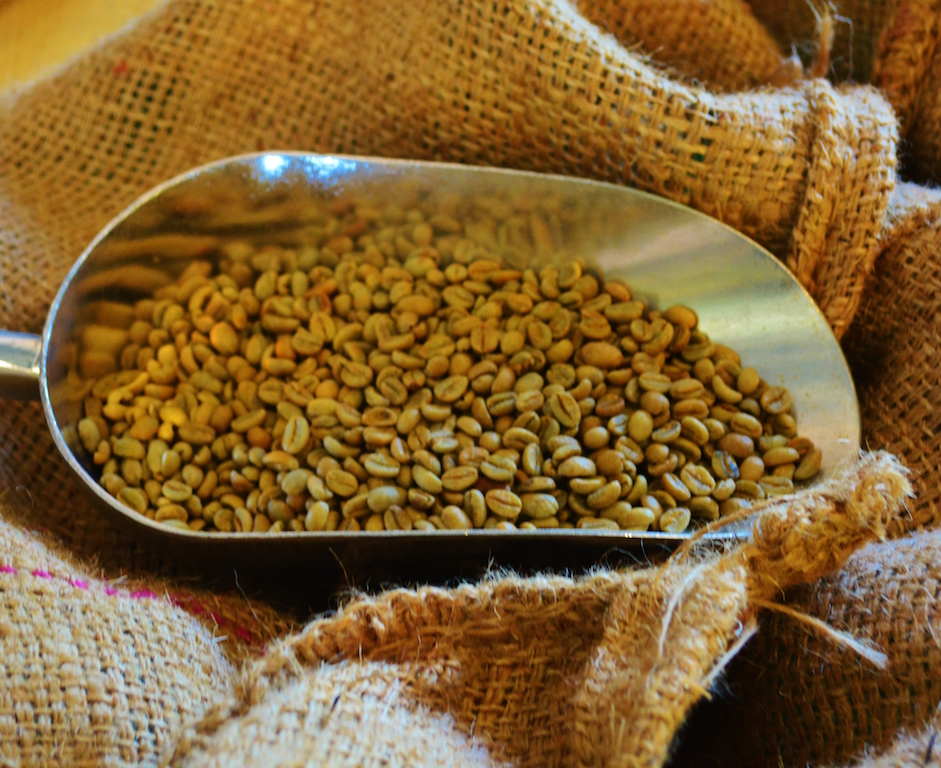
By Noreen L Kompanik
The aromatic scent of roasting coffee beans lures me to its door. And the setting could not be more perfect.
Located on the grounds of the picturesque, historic 125-year old Bernardo Winery in North County San Diego, Manzanita Roasting Company opened for business in December 2015. They are a small enterprising firm with a mission – to freshly roast lush and incredibly distinctive coffee beans from some of the premier and more unusual coffee-growing regions around the globe.
What’s in it for the customer? An exquisite, deliciously unique cup of coffee.
When Samantha, the marketing director from the third generation winery family, married Weston Nawrocki, a Chef and Sommelier from Vancouver, British Columbia, the couple wanted to create a business of their own. Weston introduced Samantha to “craft” coffee in Vancouver – coffee sourced from small farms and freshly roasted on site. Samantha noted, “once you’ve had a true artisan product, you can’t go back”.
The name Manzanita refers to an evergreen shrub found along North America’s west coast from Vancouver to southern California, and even further south to Mexico. The hearty plant’s cherries resembled coffee beans to Samantha, and the name stuck.
The couple began researching coffee and traveling up and down the west coast and to Europe. On these journeys, they made the momentous decision to purchase a coffee roaster to roast beans on-site and help forge a new frontier for craft coffee in southern California.
Weston selected the Californian Loring Roaster because it exceeded all emission and safety standards, reducing energy consumption and greenhouse gas emissions by 80%. It could be built to individual specifications.
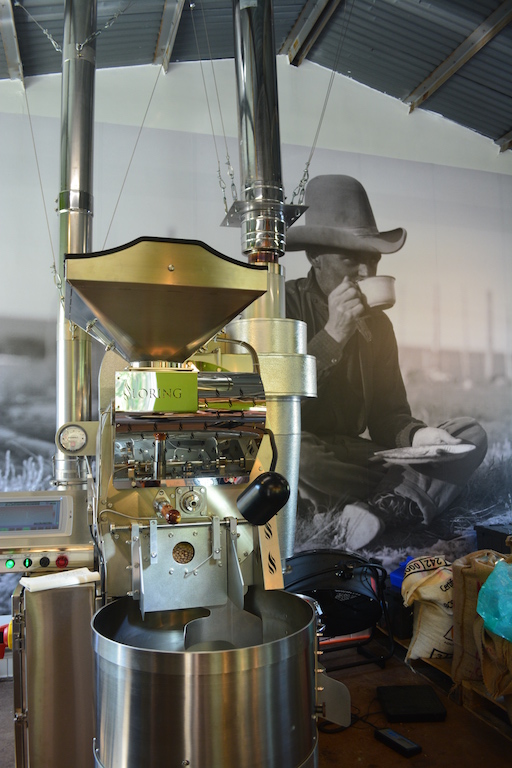
Tapping into the expertise of a California importer to deal with direct trade laws and the red tape of importing foreign products was necessary. Crucial to the owners was working with small farms that hand-picked the coffee beans rather than larger farms that used mechanical harvesters.
Each coffee has a unique regional story to tell, such as the Monte Verde coffee from El Salvador where the farmer, Rainy, has a wife who is the local village doctor. Profits from the coffee farm support the local community. And their farm is a sanctuary for stray and neglected animals.
Quality beans also come from coffee belt regions which can be sourced year-round including Costa Rica, Panama, Brazil and Ethiopia. Per Samantha, the winery process she grew up with easily translates to coffee. Their philosophy is that “Just as good wines represent the terroir they are sourced from, [Manzanita Roasting Company’s] small batch coffee beans represent the unique farms, climates and countries they come from”, each providing their own individual tastes.
The freshly picked imported beans are shipped in and roasted on-site at Manzanita’s Bernardo Winery site. The roasting process takes between eight to twelve minutes at an average roasting temperature of 550 degrees. The Loring Roaster can process 1,000 pounds of coffee beans in eight hours. I liked the way Weston explained that each bean has its own characteristic profile and that the actual roasting needs to have its momentum adjusted like that of a locomotive going uphill.
Though the roasting process itself is very fascinating, being a true coffee aficionado, I wanted to see for myself if “craft” coffee is really that much better than the coffee I can get at a large specialty coffee store.
Taking that first sip of Don Pepe Estate from Panama, I was hooked. The coffee has distinctive notes of toffee, hazelnut, and especially lemon. The espresso pulled out the subtle essence of Jasmine. Smooth and velvety, it went down with delicious ease.
Each coffee was uniquely amazing. The El Salvador had a pronounced chocolaty, nutty wafer flavor. Especially fascinating was the Ethiopia Washed Kochere, with its tea-like aroma of melons and oranges, and a syrupy body with notes of peach and date. The washing process removes the outer layer of the coffee cherry, fermenting it for a few days, before finally washing it. This method is used to produce the highest quality (and yes, often more expensive) coffee.
There’s nothing subtle about the rich chocolaty deliciousness of Manzanita’s biggest seller, El Gaucho, the blending of El Salvadorian, Ethiopian, and Colombian beans. And for the coffee drinker desiring a strong cup of joe, Manzanita offers their Mudinyereye (yes, really pronounced mud-in-your-eye). This darkest, roastiest blend delivers a grand slam coffee flavor with a bold, robust kick.
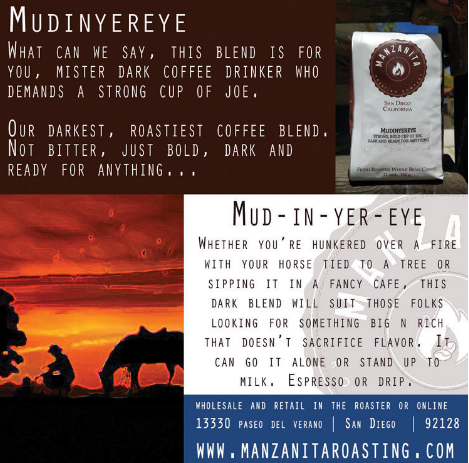
Manzanita has already found its way into a handful of local businesses and their coffee beans are available for purchase at their roasting company site, V’s Coffee Shop also located at the winery, and through the company’s website.
Weston and Samantha are clear, however, that it is the quality, not the quantity that is most important, and continuing to create high-end, precise, delicious-tasting coffee is what Manzanita is all about.
Location: Manzanita Coffee Roasting Company, 3330 Paseo del Verano, San Diego.
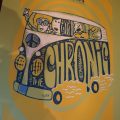
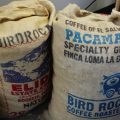

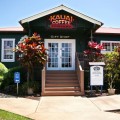
Ms. Kompanik:
Re: Edible San Diego : SEP-OCT 2016.
Manzanita Roasting Company is one more San Diego roaster that serves bright espresso at their location in Bernardo Winery. “Bright” means “third-wave ” unpleasant sour aftertaste, probably from under-roasting which no one in Italy would ever drink; I’m thinking that you’ve probably also traveled there and might agree…